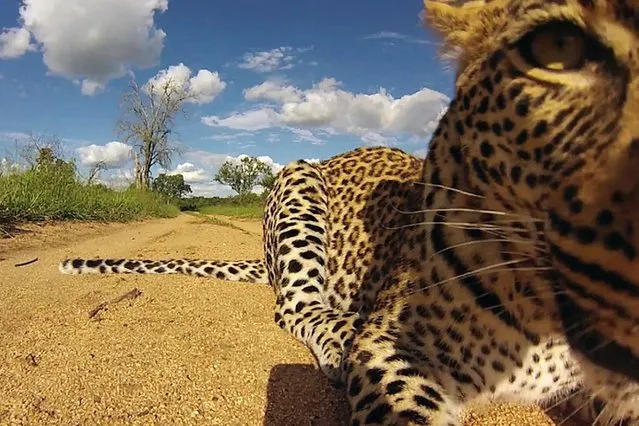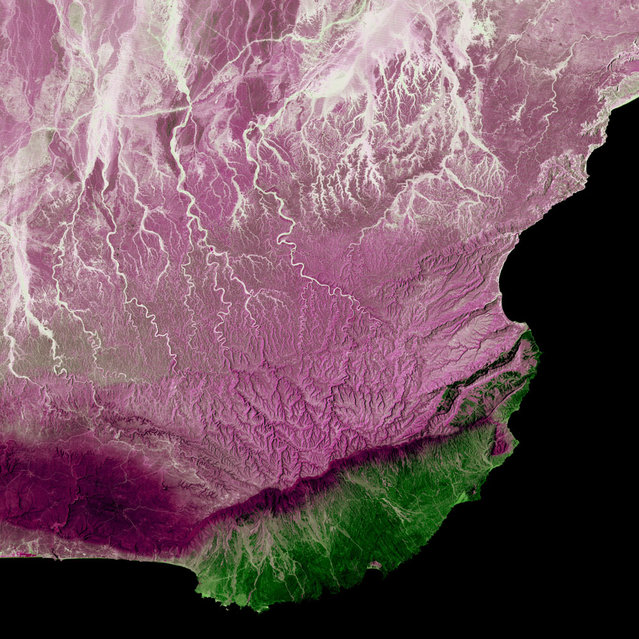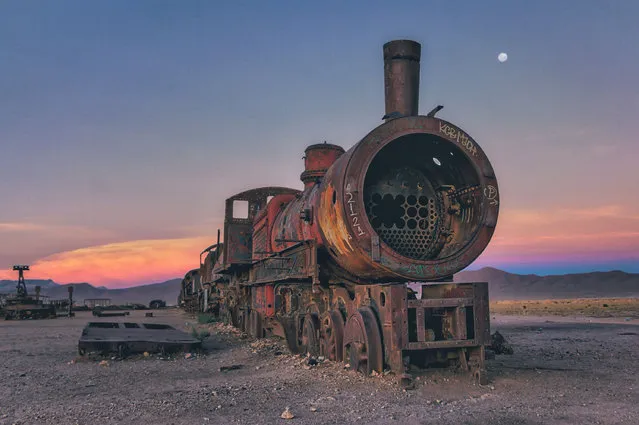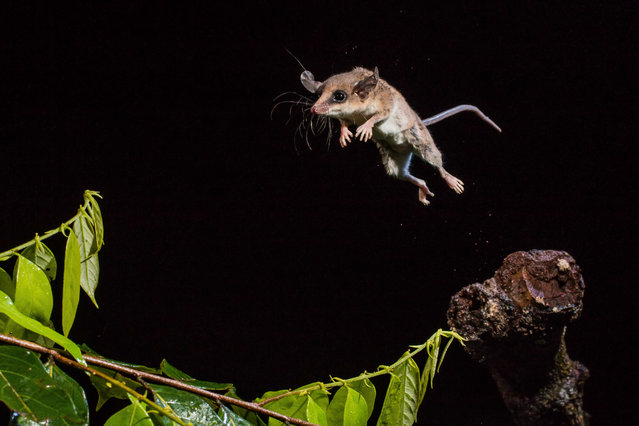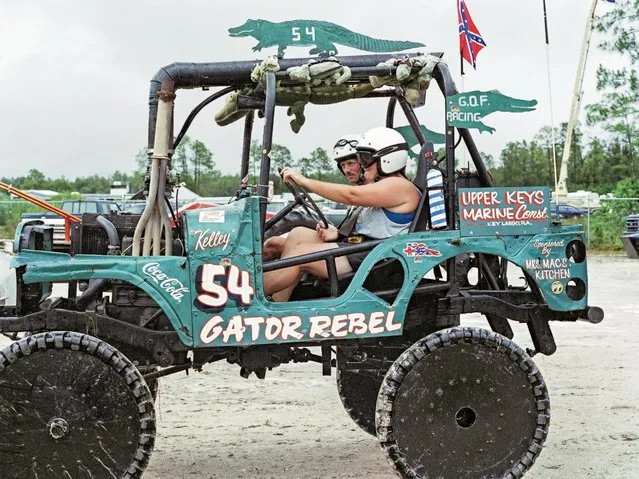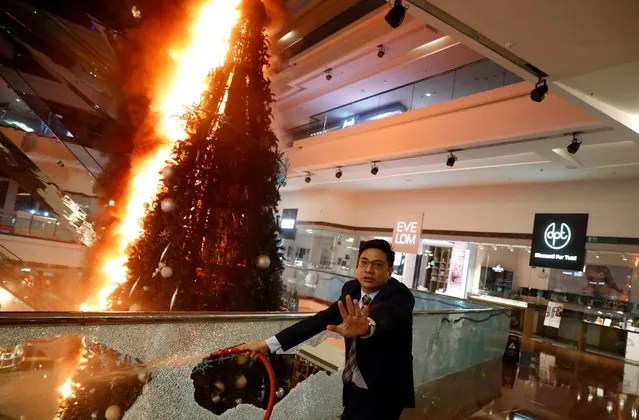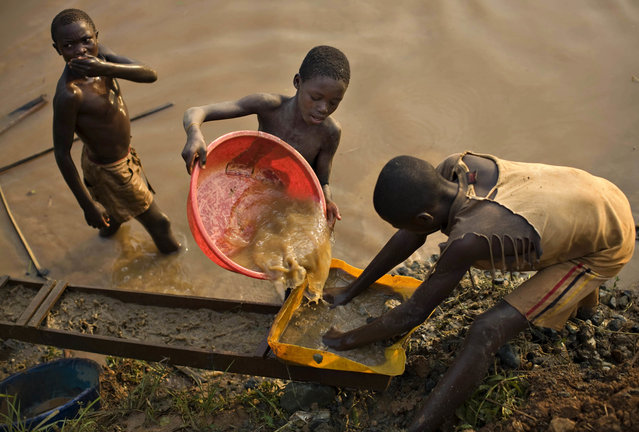
A dog is worshiped during Tihar or Diwali festival in Kathmandu, Nepal on November 12, 2023. Nepali people worship dogs, dedicated solely to the human's most devoted friend and guardian on second day of Tihar fesival. “Tihar” the Hindu festival of flowers and lights, is celebrated for five days. (Photo by Sunil Sharma/ZUMA Press Wire/Rex Features/Shutterstock)
01 Dec 2023 03:31:00,post received
0 comments

